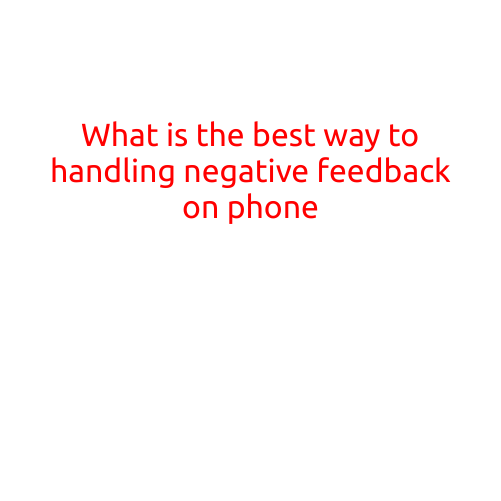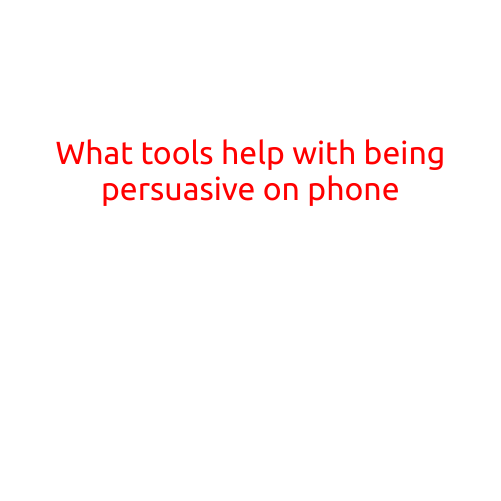
What is the Best Way to Handling Negative Feedback on Phone?
In today’s digital age, customer feedback is more important than ever. With the rise of social media and online review platforms, customers have more ways than ever to share their opinions about their experiences with businesses. And while positive feedback is always welcome, it’s how you handle negative feedback that can make or break your reputation.
Handling negative feedback on phone can be challenging, but it’s crucial to address it in a professional and timely manner. Here are some tips on how to handle negative feedback on phone:
1. Stay Calm and Composed
When a customer calls to express their dissatisfaction, it’s natural to feel defensive or emotional. However, it’s essential to keep your cool and maintain a professional tone. Take a deep breath, and focus on listening to the customer’s concerns.
2. Listen Actively
Listening is the first step in resolving the issue. Make sure you understand the customer’s problem and acknowledge their frustration. Repeat back what you’ve heard to show that you’re actively listening and to prevent miscommunication.
3. Apologize and Show Empathy
A simple apology can go a long way in de-escalating the situation. Show empathy and acknowledge the customer’s feelings. This helps to diffuse the tension and builds trust.
4. Identify the Root Cause
Try to identify the root cause of the issue and take responsibility for it. If it was an error on the company’s part, apologize for it and offer a solution. If it was an external factor, acknowledge that as well.
5. Offer a Solution
Once you’ve identified the root cause, offer a solution to the customer’s problem. Be specific and clear about what you can do to resolve the issue. Offer alternatives if necessary, and provide a timeline for when the problem will be fixed.
6. Follow Up
After resolving the issue, make sure to follow up with the customer to ensure that the problem is fully resolved. This shows that you’re committed to providing excellent customer service and cares about the customer’s satisfaction.
7. Document the Resolution
Keep a record of the interaction, including the customer’s concerns, the solution you offered, and the outcome. This helps to track the issue and prevent similar problems from occurring in the future.
8. Use Feedback to Improve
Finally, use negative feedback as an opportunity to improve your products or services. Recognize patterns and trends in the feedback, and make changes accordingly.
Best Practices for Handling Negative Feedback on Phone
Here are some best practices to keep in mind when handling negative feedback on phone:
- Be respectful and professional
- Listen actively and empathetically
- Acknowledge and take responsibility for mistakes
- Offer solutions and alternatives
- Follow up to ensure the issue is fully resolved
- Document the interaction and use the feedback to improve
Conclusion
Handling negative feedback on phone requires a combination of skills, including active listening, empathy, and problem-solving. By following these tips and best practices, you can turn a negative experience into a positive one and build trust with your customers. Remember, negative feedback is an opportunity to improve and grow, and by handling it effectively, you can turn it into a chance to showcase your commitment to customer satisfaction.





